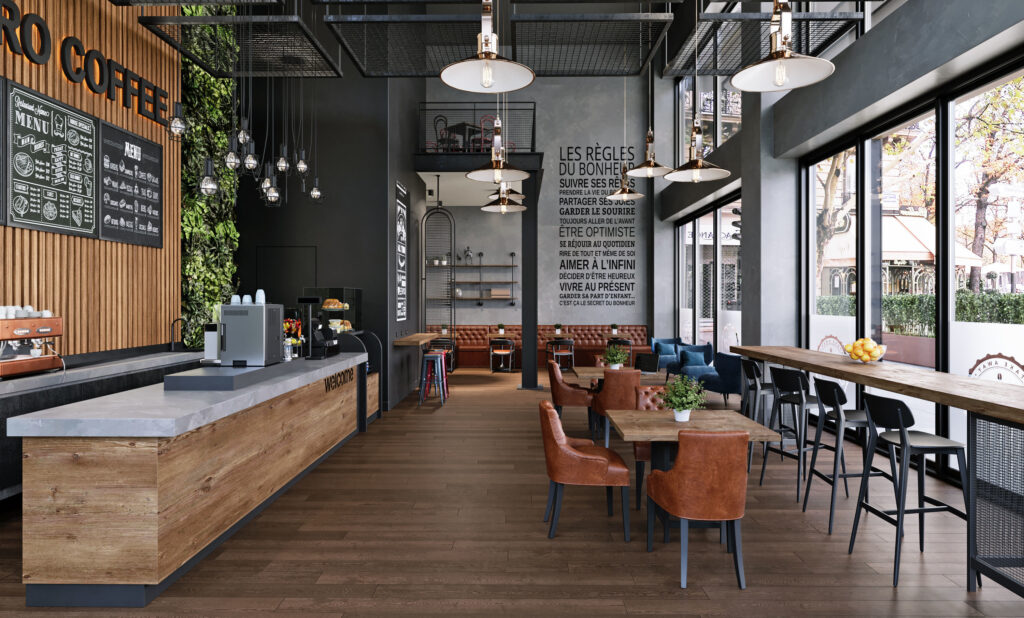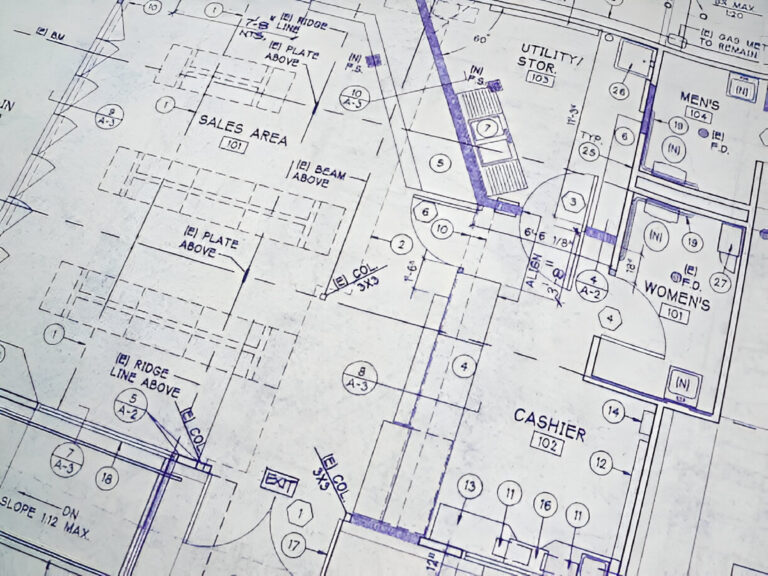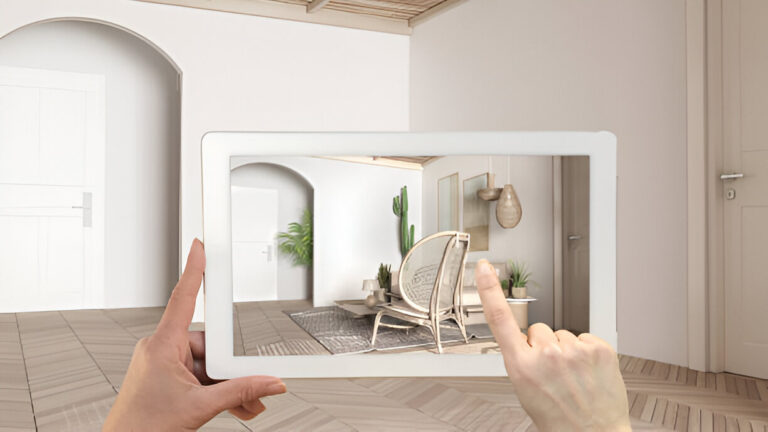In today’s competitive real estate market, buyers, investors, and developers are in constant pursuit of that extra edge—a way to transform a design into a compelling, market-ready asset. Increasingly, 3D architectural visualisation is emerging as that game-changing tool.
By converting blueprints and design concepts into immersive, photorealistic experiences, 3D visualization bridges the gap between vision and reality.
The result? Higher property values, accelerated sales, and a significant boost in earnings.
In this blog post, we’ll explore how 3D architectural visualization not only enhances the aesthetic appeal of a project but also serves as a strategic asset that drives investment, boosts marketing effectiveness, and maximizes return on investment (ROI).
The Power of Visual Communication in Real Estate
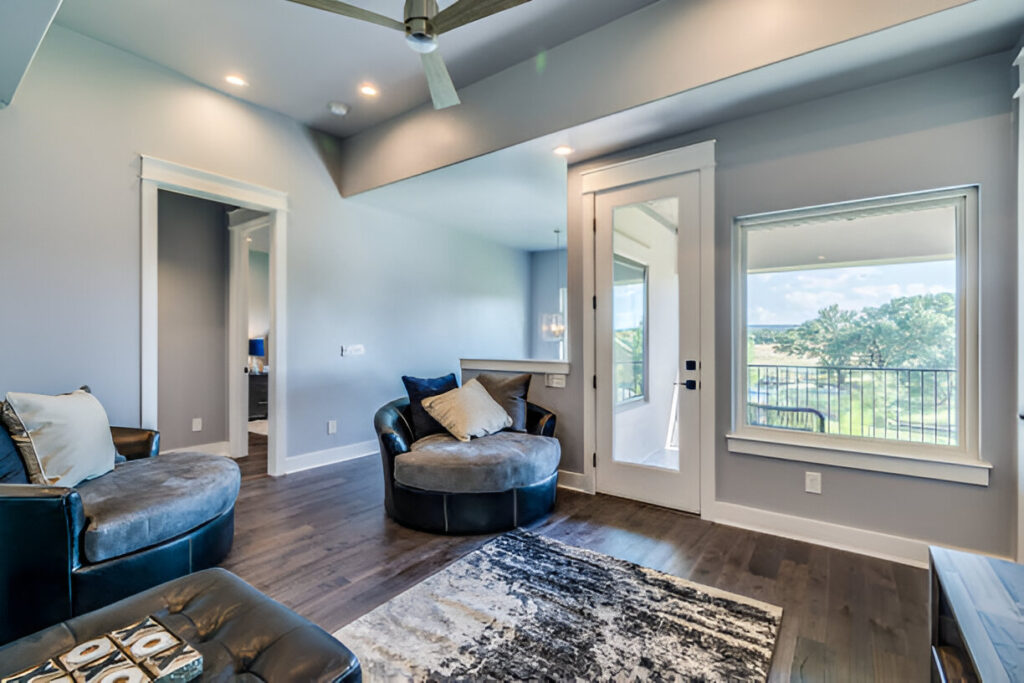
Traditional 2D blueprints and sketches are invaluable during the planning phase, but they often fall short when it comes to conveying the full potential of a property. With 3D architectural visualisation, every detail is rendered with photorealistic precision—from the texture of building materials to the play of natural light across a room.
This detailed, lifelike representation allows prospective buyers and investors to experience a project long before construction begins.
When investors can see a property come to life through dynamic 3D walkthroughs and animations, they gain a clearer understanding of both its design intent and its future market value.
This transparency and clarity build investor confidence, fostering quicker investment decisions and reducing associated risks.
Translating Intangible Potential into Tangible Value
3D visualisation converts abstract concepts into tangible assets. By showcasing a property as it will appear when completed, these visuals help buyers see past the initial design phase and appreciate the long-term benefits of the project.
Ultimately, they are more willing to pay premium prices for properties that are clearly and compellingly presented.
How 3D Architectural Visualisation Boosts Property Values

Elevating Design Perception
A property’s perceived value is heavily influenced by its presentation. High-quality 3D renderings highlight innovative design elements, architectural elegance, and functional layouts.
For instance, a beautifully rendered exterior showcasing sustainable features like green roofs or solar panels not only appeals to the modern, eco-conscious buyer but also increases the overall market value of the property.
By emphasizing environmental efficiency and state-of-the-art design, 3D visualization allows developers to position their properties as premium investments. This, in turn, enables them to command higher sales prices and rental rates.
Enhancing Spatial Understanding
One of the biggest challenges in real estate is helping potential buyers and investors visualize the space. With 3D walkthroughs and interactive virtual tours, viewers are no longer limited to flat images—they get a sense of depth, scale, and flow.
This immersive experience makes it easier for them to understand how spaces function and interconnect, directly impacting their willingness to invest.
For example, a virtual tour of a modern office space can clearly demonstrate how natural lighting and open-plan design improve work environments. These subtle yet persuasive visuals directly translate into a higher property valuation.
Increasing Buyer Engagement and Reducing Decision Time
When buyers are presented with high-quality 3D visualisations, they can make more informed decisions faster. The immersive experience reduces uncertainty, which is a major barrier to purchase. In turn, the speed of sales improves, resulting in a shorter sales cycle and increased overall earnings.
Sales teams benefit significantly from this by entering negotiations with confident, ready-to-buy clients who already have a clear picture of the finished project.
Driving Investment with 3D Architectural Visualisation

Building Investor Confidence
Investors thrive on clarity and certainty, particularly when large sums of money are at stake. Detailed 3D renderings illustrate every aspect of a project—from the nuances of interior finishes to the broader commercial appeal of exterior landscapes. This clarity minimizes investment risk by providing a concrete vision of the end product.
When investors see high-quality 3D visuals, they can better anticipate future returns. This transparency not only speeds up funding approvals but also builds a stronger trust foundation between developers and financial stakeholders.
As a result, projects are more likely to secure higher investor participation and funding at more favorable terms.
Demonstrating Market Readiness
Investors are drawn to projects that appear ready for market entry. 3D visualisations act as a “virtual prototype” of the finished property, allowing investors to gauge market potential prior to physical construction.
This proactive approach ensures that potential buyers and investors view the project as a low-risk, high-reward opportunity—boosting investor interest and overall project earnings.
Enhancing Marketing and Sales Strategies
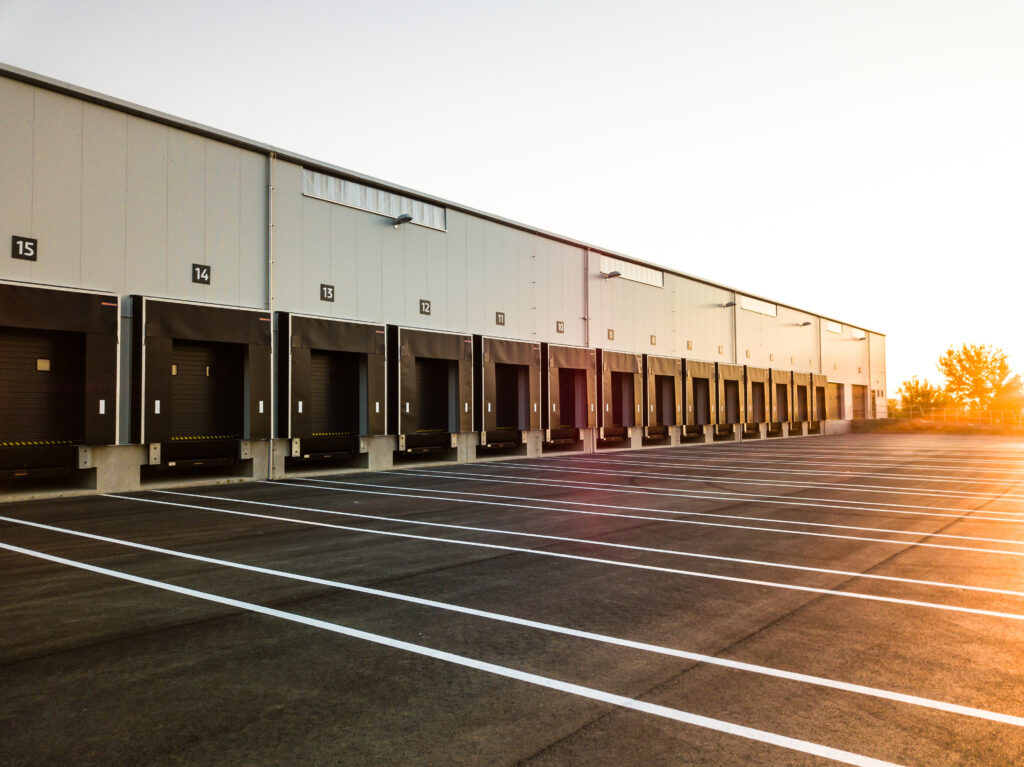
Amplifying Digital Marketing Efforts
In today’s digital era, marketing strategies heavily rely on powerful visuals. Photorealistic 3D renderings are integral to creating compelling content for websites, social media, and email campaigns.
When a property is showcased through a detailed virtual tour or high-definition images, it dramatically increases online engagement and drives higher conversion rates.
Investors and buyers are more likely to be drawn to properties that have a strong digital presence. By integrating 3D visualization into digital marketing campaigns, developers can broaden their reach and engage a global audience—ultimately boosting sales and maximizing earnings.
Supporting High-Impact Presentations
In-person and virtual presentations remain vital in both sales and stakeholder meetings. 3D visualizations enhance these presentations by providing interactive and immersive experiences that communicate every dimension of a project.
Whether you are presenting to potential buyers or engaging with investors during a pitch, these visuals help convey the project’s practicality and beauty.
As a result, they significantly increase the likelihood of securing a sale or an investment decision.
Cost Efficiency and Risk Mitigation
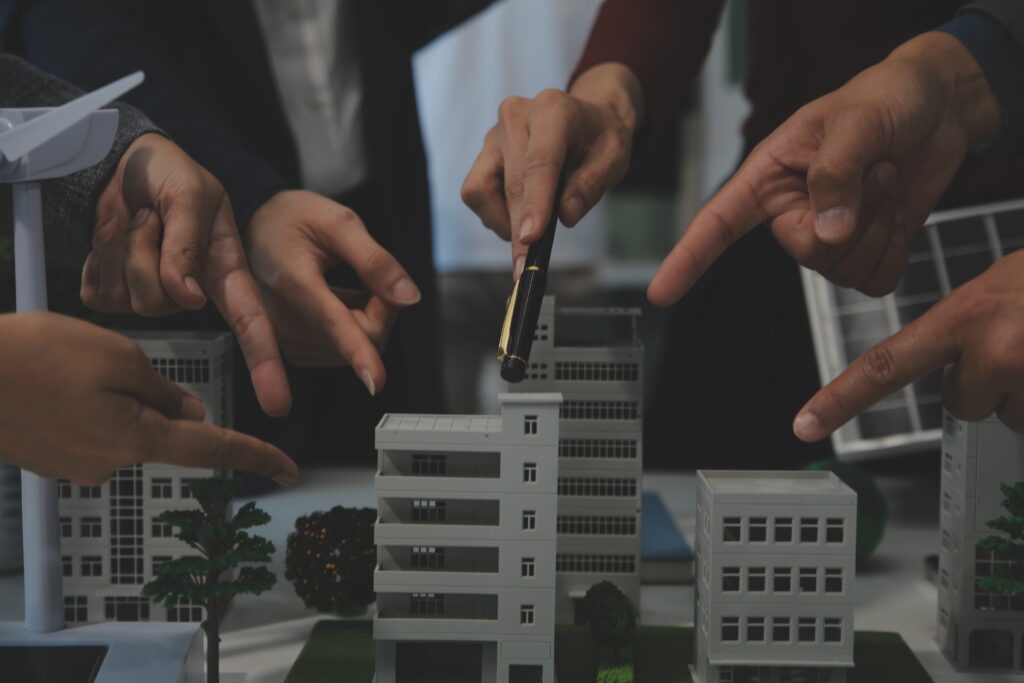
Detecting Design Flaws Early
One of the major advantages of 3D visualization is its ability to reveal potential design flaws before construction begins. By identifying and addressing these issues in the virtual phase, builders can avert costly mistakes and delays.
This risk mitigation not only saves time but also preserves budget allocations—factors that directly contribute to higher ROI and improved profit margins.
Streamlining Project Approvals
Effective communication of a project’s plan to all stakeholders is essential for smooth approvals. High-quality 3D renderings simplify this communication by providing a unified, visual representation that everyone can understand.
When all parties—from investors and lenders to regulatory bodies—share the same vision, the approval process is significantly expedited. This efficiency reduces the overall project timeframe, which in turn boosts earnings by accelerating the property’s market entry.
The Competitive Edge of 3D Architectural Visualisation

Standing Out in a Crowded Market
With an increasing number of properties vying for attention, differentiation is key. 3D architectural visualization gives your project a competitive edge by showcasing its unique design features and advanced functionalities.
Whether it’s innovative energy-efficient systems or state-of-the-art interiors, these high-impact visuals set your property apart in a crowded market.
Enhancing Brand Reputation and Trust
For developers and construction companies, brand reputation is directly linked to project success. By consistently delivering high-quality 3D visualizations, you project an image of professionalism and technological prowess.
This not only attracts premium clients and investors but also instills long-term trust—key drivers for repeat business and increased earnings.
Future Trends in 3D Architectural Visualisation
Embracing Real-Time Technology
The evolution of 3D visualization is ongoing. Today, real-time rendering and interactive virtual tours are set to revolutionize how projects are marketed. Real-time walkthroughs allow potential buyers and investors to interact directly with a property, making the experience even more immersive and informative.
As these technologies become mainstream, their impact on property value and investment potential will continue to grow.
Integration of VR and AR
Virtual reality (VR) and augmented reality (AR) are no longer concepts of the future—they’re current realities that add an extra layer of interactivity to 3D visualizations. Imagine a potential buyer donning a VR headset to explore every nook and cranny of your property or an investor using AR to overlay design changes in real-time.
These cutting-edge technologies not only drive digital engagement but also reinforce the innovative image of your projects, further enhancing property value and investor appeal.

Transforming Visions into High-Value Investments
3D architectural visualisation is not merely a design tool—it is a strategic asset that transforms blueprints into compelling visual narratives. By offering immersive, photorealistic experiences, 3D renderings not only increase property values but also accelerate sales, attract investors, and streamline marketing efforts.
For developers, builders, and investors looking to stay ahead, embracing 3D architectural visualization means investing in a future where digital presentations translate into real-world profit.
It’s about making visionary projects tangible, enhancing stakeholder confidence, and ultimately turning architectural dreams into lucrative, high-value investments.
At RealRender3D, we harness the power of cutting-edge technology to transform your designs into interactive masterpieces. Ready to see your project in a new light? Embrace 3D visualization and unlock the full potential of your property’s market value and earning power.
Get in touch with us today to learn how our 3D architectural visualization services can elevate your next project—drive sales, secure investor interest, and maximize returns like never before.
Invest in the future of visual storytelling with RealRender3D—the partner that turns designs into high-value assets, one breathtaking render at a time.
Frequently Asked Questions (FAQs)
It is the process of creating detailed, photorealistic digital depictions of architectural designs, allowing stakeholders to virtually experience a property before it is built.
By showcasing high-quality, lifelike representations of a project, 3D visualization enhances buyer confidence, highlights design details, and positions the property as a premium investment—all factors that contribute to higher market value.
High-quality visuals drive digital engagement across social media, websites, and presentations, converting prospects more quickly and boosting overall sales efficiency.
Absolutely. Detailed 3D renderings provide investors with clear, tangible insights into project potential, reducing perceived risks and accelerating funding decisions.
Popular tools include 3ds Max, V-Ray, Lumion, and real-time rendering software, along with emerging technologies like VR and AR.
They provide a clear, unified visual language that helps architects, investors, builders, and buyers fully understand the project, thereby reducing miscommunications and costly revisions.
Look for further advancements in real-time rendering, increased integration of VR/AR, and even AI-driven enhancements that will continue to elevate the clarity and interactivity of 3D visualizations.
Alex Smith is a content writer at RealRender3D, writing informative articles on 3D rendering, interior design, architecture, and related topics.
With over 15 years of experience at top UK architecture and interior design firms, Alex leverages his expertise to write engaging content educating readers on AEC industry trends and best practices.
Connect with Alex at alex@realrender3d.co.uk.
